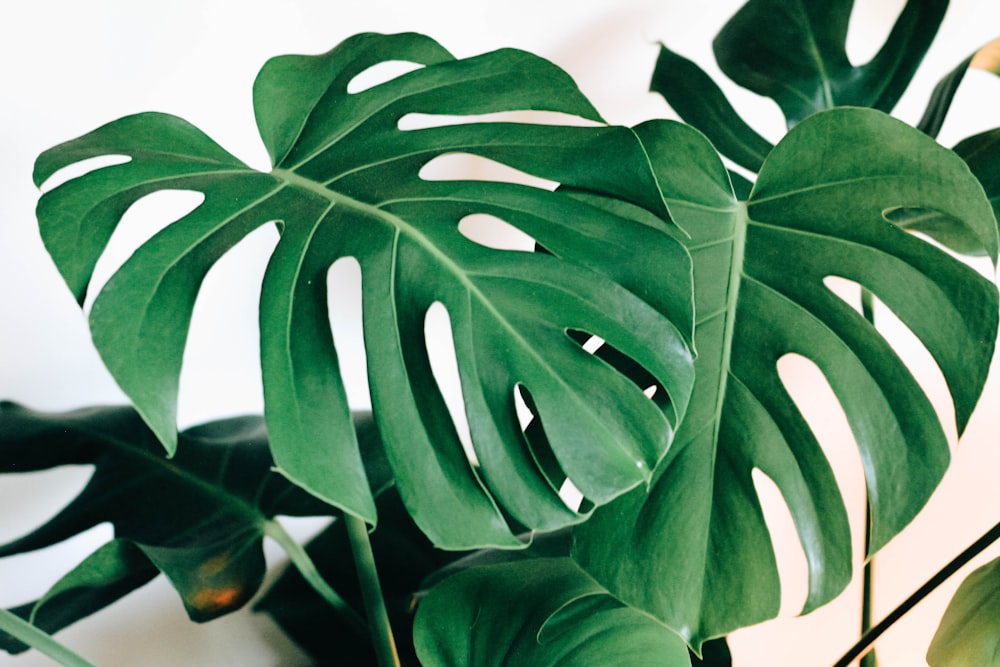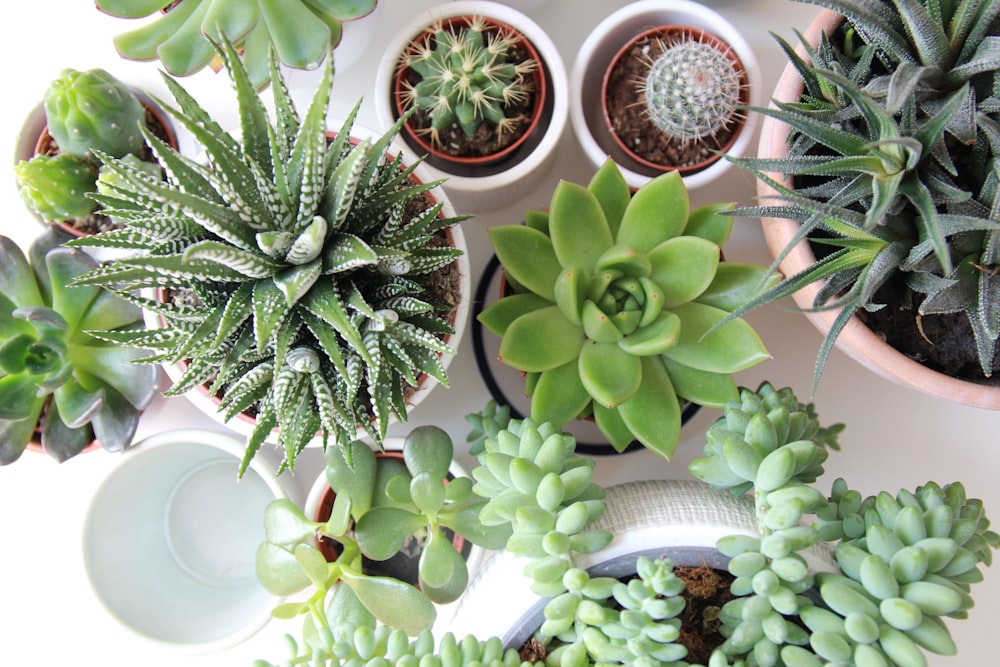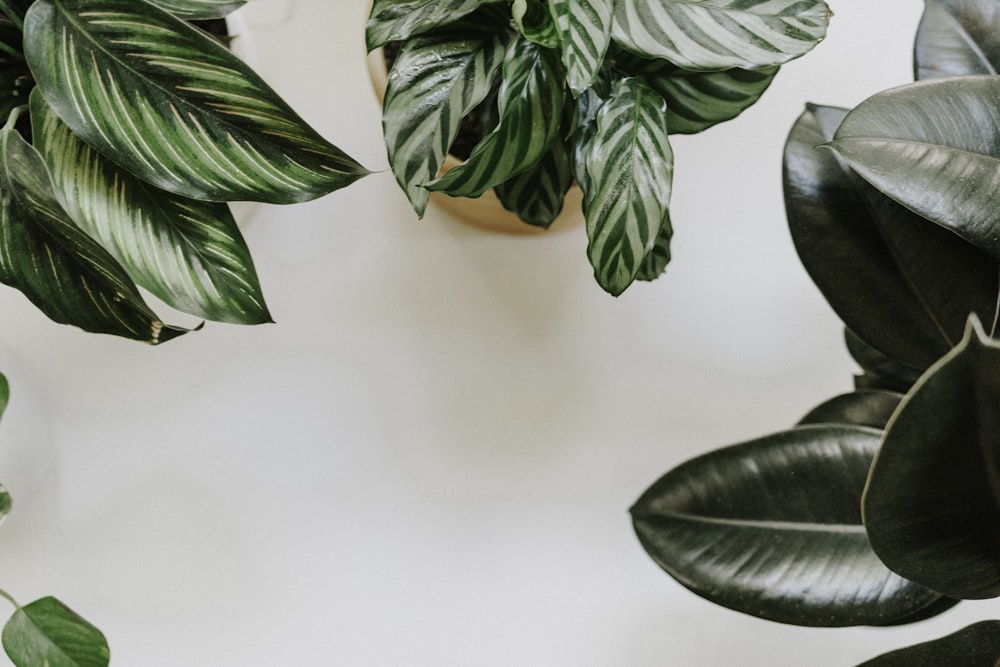Pre-pandemic, a slow but sure surge in popularity grew in the usage of house plants in interior design. Then, a global health crisis ensued and the hobby of plant parenthood boomed. Plants not only give greenery and extra oxygenation to a space, but they also don’t scratch up your furniture, wake you at 5 a.m. to feed them, or bark at you to take them out in the mornings. They are perfect little pets for those who do not like or cannot afford four-legged ones. Here are some tips that may help you to keep them alive:
Do Some Research, Even Just a Little Bit

When I got my plants, I got them on a whim. I didn’t do research like I was supposed to, but here’s the thing: You may research for X type of plant, but your local nursery (or the one that you’re actually willing to go to) may not have that one. Do look around online and have an idea of what plants are recommended for beginners. If you have pets, keep in mind what kind of plants are dangerous to them and where you plan on putting them.
Have An Idea About Where to Put them

Light is categorized by: Full sun, partial sunlight and shade, full shade or low light, and bright without direct sun.
When I bought my plants, I looked at their labels and made sure that they were right for me. I knew that these plants were going into my room and that my room, on average, had medium lighting. Sometimes it gets high light, but only during the summer. One of them was going on my nightstand, the farthest from the window. The rest were going on top of my bookshelf against my window, so they had medium direct sunlight. And the last one that I got much later has medium indirect light since it’s in the corner of my room.
While there are diagrams of how light categories are actually used, if you don’t actually use them, at least use some imagination as you plan out the perfect setting. (Cause monsteras are real cute until their leaves burn from too much direct sun.)
Know where you’re gonna put your plants during the winter. Yes, during the winter, some plants will experience permafrost if you don’t put them inside. So before you make your patio into a tropical forest, have an idea of where you’re going to put them inside with your work-from-home office.
Be Honest About Who You are

If you are starting out (and are admittedly lazy like me), get a low maintenance plant or one that is so beautiful that you won’t leave it alone to wilt. My four plants need to be watered once or twice a week and- actually, I need to check their soil right now, proving my point.
Plants and pots can also be expensive, depending on your taste. A few ways you can cut down the cost of plants is to buy some on sale (if it’s salvageable and you at least have an idea on what to do), look around for cuttings (this is when you cut off a healthy part of a plant and put it in water so it can grow roots), or do an online trade.
Keep It Simple

Beginner plants don’t need much, especially succulents and cacti. There is no such thing as a watering schedule, just have an idea of how often you’re supposed to water them and check the soil by putting your finger in it. If it’s dry about two inches in, water it. If it’s moist, you’re good.
Plants are also good at communicating how they’re feeling. Yellow leaves mean that it’s overwatered. You can trim or cut off bad leaves so the rest of the plant will thrive. Yes, you may feel bad and ashamed (projecting here) but your plant will be better off in the long run. If there’s like a dust, wipe it off and stop watering it as much. If you have a succulent or cactus, LEAVE IT ALONE. Don’t even look at it.
When watering your plant, look at how it’s taking in the water to see if it’s enough or too much. If you’re overwatering, you may see the water seep out at the bottom. Water on all sides of the plant.
If you repot a plant, make sure that you give enough room to grow in a slightly bigger pot, massage the roots to let it grow more, and water it post-repot. When buying pots, you NEED it to have a drainage hole or be ready to drill one. It doesn’t matter how cute the pot is, if it doesn’t have one, your plant can drown and die.
You also need to rotate your plants so one side isn’t bigger than the other side. I rotate mine every Monday or so, that way it’s easier to remember.
Start Small

Play it on the safe side and don’t assume that you’ll be Te Fiti from Moana immediately. Lots of plants can also mean lots of money. I got enough plants to fill one side of my bedroom and have only gotten one more plant since then. If you really are a plant parent, then sure, get more as you figure out that you can handle more responsibility.
Join a Community
Honestly, there’s a high chance that no one else will care about your plants, sorry to break it to you. My mom and I don’t even care about each other’s plants. I’m too scared to ask how my grandma feels about ours. But you can share your enthusiasm with others online. From worldwide (Reddit) to local (Facebook), you can find your people, ask for advice, and learn some new things on the way. Some local communities even do some sales, trades, and giveaways if you’re lucky.
Best of luck! Tell us about your plant journey, tips, and tricks in the comments below.



